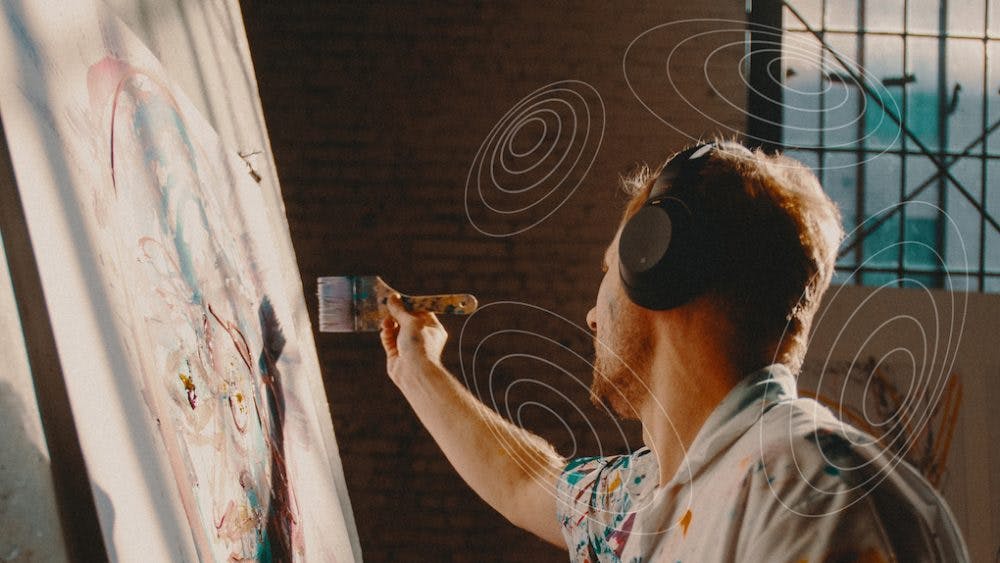In the beginning there was mono, played from a single speaker with a limited sense of realism. Around 1940, two-channel recordings emerged, which produced the impression of a 3-dimensional space where the music seems to float between the left and right speakers in a panoramic perspective. Stereo became the de facto standard for music over the past 80 years. Multichannel sound for cinema, utilizing more than two speakers has been in place in one form or another since Disney’s 1939 release of Fantasia.
Over the last three decades, music companies have attempted to market music in various surround formats, typically 5.1 or DTS Music. Surround music has never gained a serious foothold due to several factors, including large file sizes, complicated playback requirements, and mostly a lack of proper marketing and customer demand. However, home video and audio systems for TV, movies, and gaming have evolved to include surround-capable speaker systems and audiences have become more accustomed to surround audio. This awareness, along with some recent technological developments has brought about the newest generation of multichannel or immersive audio. Let’s examine some of the most common immersive audio formats and learn how we can enjoy our music this way.
Surround formats for film and music have historically been “channel-based” systems, where various audio elements can be routed to speakers in up to seven zones around the room. For instance, dialog can be anchored in the center of the movie screen while a helicopter circles around the room. Modern immersive formats expand on the channel-based model and add audio “objects,” which can move dynamically to virtually any specific location in a room, including above the listener. Moreover, the relative locations and movements of sounds will be the same in any compatible playback system, no matter if you’re in a large theater or an automobile. For instance, sounds no longer come from “the right side of the room,” but from an exact location in 3-D space around the listener. Immersive audio formats allow sounds to be individually placed in a channel-based bed or into object-based elements for extreme flexibility in creating a sense of spaciousness and dynamic movement inside a mix.
Music mixes that contain many layers of instrumentation and complex orchestration can sound great in stereo, but spreading individual sounds into an immersive soundfield brings out details that wouldn’t be noticed in a dense stereo mix. Sparse arrangements, like Herbie Hancock’s “Watermelon Man” benefit from immersive mixing’s ability to add dimension and depth beyond stereo mixes. Symphonic scores by Hans Zimmer, rock music by Alice In Chains, and chill tracks from Jack Johnson can all benefit from spreading out the music in creative ways that do not detract from the original intent of the song, but instead seem to bring the listener physically into the mix. As the immersive music world matures, producers will create music with immersive playback in mind—creating parts and layers that are meant to be experienced in an immersive environment.
The top two competing formats for immersive music are Dolby Atmos Music and Sony 360 Reality Audio, with other formats like Auro3D and DTS:X and THX Spatial Audio seeing some limited use. These immersive formats can be enjoyed on multichannel speaker systems or on standard headphones and most streaming services support one or more of these formats. As an emerging technology, the methods for producing, distributing, and consuming these formats are developing almost daily and over the coming months and years, these formats will become commonplace, as will the ability to enjoy these formats on more and more playback systems.

If you’ve never heard immersive audio before, click here to experience an online headphone demo from Dolby that allows you to compare stereo mixes to Atmos mixes for a few different songs. This YouTube clip demonstrates the 3-D placement of sounds using Sony 360 Reality Audio over headphones.
How Can You Enjoy Immersive Audio
Immersive audio is produced and mixed on speaker systems that include ear-level surround speakers and additional height speakers above and even below the listening position. A Dolby Atmos Music system, for instance, requires at least a 7.1.4 speaker system, while Sony 360 requires a 13-channel speaker system. Don’t fret, though, you can enjoy Atmos and 360 RA without purchasing a dozen speakers! Immersive formats are designed for consumers, so playback is supported on headphones and many consumer playback devices, such as soundbars and smart speakers. Immersive audio can be streamed on mobile devices, desktop computers, gaming consoles, and streaming devices like smart TVs, and the Apple TV 4K. Keep in mind that immersive audio is an emerging technology, so there are some growing pains we must deal with in order to jump into listening to immersive audio.
Stream or Purchase?
Immersive audio can be streamed in Atmos, 360 RA, and Apple Spatial Audio formats, it is difficult to purchase immersive music. The few sites that sell downloadable immersive music offer Dolby TrueHD, Auro3D, and Dolby Atmos Mp4, which are not true object-based immersive mixes, but the mixes have been downmixed 5.1 to 9.1 surround formats. If you wish to listen to these downloadable formats on speakers, you will need a player, like an Apple TV 4K or NVIDIA Shield TV Pro, plus an AVR home theater decoder to act as a monitor controller for your speaker system or headphones. For good or bad, most consumers will choose to stream immersive audio instead of purchasing it, so let’s take a look at that scenario.
Streaming services such as Apple, Tidal, and Amazon offer immersive audio streaming in Atmos, 360 Reality Audio, or Apple Spatial Audio. Depending on which streaming service and which immersive format you wish to enjoy, your hardware requirements will differ. First, you must check with your streaming service to see which devices support their immersive audio stream. For instance, Tidal supports Atmos playback with a HiFi Plus subscription on mobile phones and Atmos-compatible streaming devices including the Apple TV 4K, Fire TV devices, and the NVIDIA Shield TV Pro. Tidal streams Sony 360 RA on any device that can run the Tidal app with headphones, but to play 360 RA over speakers, you will need to connect the app to speakers or an AVR with a Sony 360 RA chip built in.
Most listeners will use headphones to listen to immersive audio, so let’s take a look at that case.
Immersive Audio on Headphones
Immersive audio provides surround panning, height, and distance information which can be translated to headphones with varying degrees of similarity to the same music played over a proper speaker system. To create a sense of distance or depth, headphone audio may be played back with binaural processing that essentially provides a sense of a physical 3-D stereo space over headphones. Apple Music, however, ignores Dolby’s binaural information and applies its own binaural processing, so an Atmos mix played by Apple Music will sound different than the same Atmos mix played back by Tidal or another streaming service that follows Dolby’s specifications.
Tidal and Amazon Music can stream Atmos and Sony 360 RA over any standard headphones from their app on an Apple or Android smartphone without any additional requirements. Apple Music supports Atmos as Apple Spatial Audio on iOS devices and silicon desktop Macs (M1 or M2) running the Mojave OS. Deezer supports 360 RA with its 360 mobile app. Nugs.net provides live concert streams encoded in 360 RA and PeerTracks.com provides streaming and blockchain distribution of virtual events and music encoded in 360 RA. Qobuz streams a limited number of titles in THX Spatial Audio, which is compatible with standard headphones and simulates a 7.1 surround environment.
Most streaming apps include a preference for stereo vs. immersive playback. In Apple Music, for instance, simply set the preference for Dolby playback to Automatic or Always On and any song that has an Atmos version will play in Atmos, otherwise, it will play in stereo. Apple Music also supports dynamic head-tracking if you are using a current iOS and newer Apple Airpod or certain Beats headphones.
Headphone playback of immersive content provides a sense of ambience beyond standard stereo reproduction, but each streaming service may encode its immersive playback slightly differently and therefore the same music mix will sound different on different platforms. For instance, Apple utilizes custom binaural processing, instead of Atmos’s processing, while other streaming services support Atmos’s binaural processing. This difference in encoding will affect the sense of space and tonality of a mix and you might not experience the mix exactly as the producer intended. Hopefully, these differences in playback will disappear as the technology matures, but for right now, expect the immersive audio experience on headphones to differ slightly between different platforms.
Surround on Speakers
Immersive audio can be enjoyed at home, but you must have a specific speaker setup and certain equipment to participate. For instance, you may be able to stream Atmos mixes via Apple Music or Tidal on your Apple TV 4K or other streaming appliance, but you must then connect that device via HDMI to an AVR (Audio/Video Receiver) with Atmos capability. The AVR can then route the audio to your speaker system. To hear full Atmos, you must have at least a 7.1.4 speaker system, but the AVR can also downmix a mix to work on smaller setups, including 7.1, 5.1, or stereo, albeit with less immersive quality. Sony 360 requires playback hardware, like an AVR or smart speakers, that contain a decoding chip specifically for 360 Reality Audio.
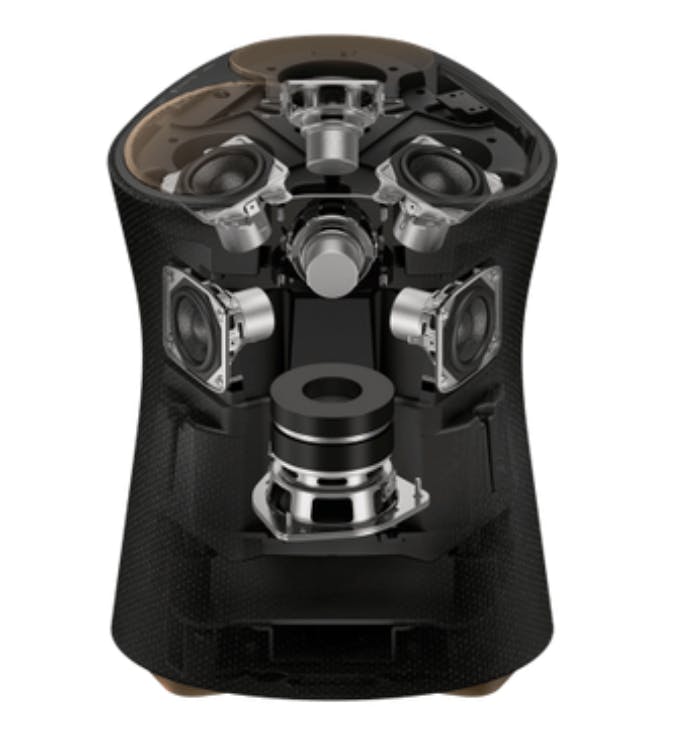
Many soundbars and smart speakers are capable of playing back immersive formats. For instance, the Echo Studio smart speakers provide support for Atmos as do offerings from Sonos, Apple, Sony, Samsung, and many others. Sony and other manufacturers sell speakers that are compatible with 360 RA. Smart speakers and soundbars are simple to set up and take up very little space in a room, but keep in mind that smart speakers and soundbars only produce an approximation of a full multichannel system. If you want to hear a true Atmos mix over speakers, you need to set up a proper 7.1.4 listening environment, while 360 RA is optimized for a 13-channel playback system, comprised of 5 surround speakers, 5 overhead speakers, and 3 floor-level speakers. Audiophiles and home theater enthusiasts will demand a proper immersive system, while the average consumer will likely be satisfied with the sound from a decent soundbar or set of smart speakers.
Immersive Audio for Creators
Music creators should mix immersive productions on properly calibrated multichannel monitor systems and also check the mixes on headphones. Mixes should also be auditioned in stereo and binaural since we don’t know how consumers will hear the mix. A mixer may have to coach the artist or client on the differences that will be heard between a full multichannel playback system, a soundbar, and the various streaming services with headphones. A mix that translates well to all platforms is possible, but there may also be a preference to sound best on a particular playback system or platform.
Immersive audio can be created in just about any modern DAW and tools are available to optimize the creation process. Dolby provides free panning plugins for DAWs as well as the paid Dolby Atmos Production Suite and Mastering Suite. Sony sells the 360 WalkMix Creator plugin software to author in 360 Reality Audio. Logic Audio (10.7 +) provides a fully integrated Atmos workflow and requires no additional software, so it may be the most cost-effective solution for Atmos music creation.
While immersive mixes should be checked on headphones, the mix should be created on a full speaker system. In addition to a DAW and speakers, a monitor controller that calibrates the speakers for level, EQ, and timing is necessary. This can be a hardware controller or a software solution. Offerings from AVID, NTP, Grace, and MetricHalo provide hardware monitor and DSP control of an immersive speaker system, while software like SoundID Reference Multichannel provides these functions as an app on your computer.
To get started mixing in Atmos or 360 RA, I would advise spending some time with somebody who has expertise in the process. I strongly recommend the in-depth information from Dolby on their free Dolby Atmos Music Training website. There are also many good Atmos mixing tutorials online from reputable sites, like Mix With The Masters and Puremix.net. Mixing in immersive formats requires a different mindset and workflow than mixing in stereo and may take some time to master. If you want to become an expert in multichannel mixing, don’t wait for your first project to come in before you start practicing!
Recommended Immersive Listening
Some songs work extremely well in the immersive formats, either because of the arrangement or simply the attention and care put into the immersive mix. Here are a few recommended songs to inspire you and provide an idea of how effective immersive mixes can be.

This early Atmos mix by Greg Penny, shows off the effectiveness of surrounding the listener with the music. In this mix, you’ll notice the background vocals move from the front to the upper rear and the slide guitar travels over your head, like a rocket. This track has become a standard listening test for Atmos speakers setup. It is almost as if this 1972 track was produced to be heard in Atmos.
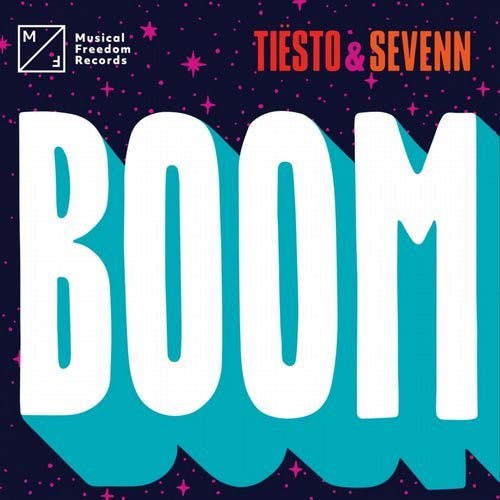
This club track provides the atmosphere of a pounding dance club when listened to in Atmos. The bass and kick fill the room and the percussive elements float around the room.

This clubby track spreads out in Atmos even beyond the stereo version, making room for the squeaks, vocal harmonies, and crackles that create the spooky mood of this song. This song has become a showpiece in Atmos rooms.
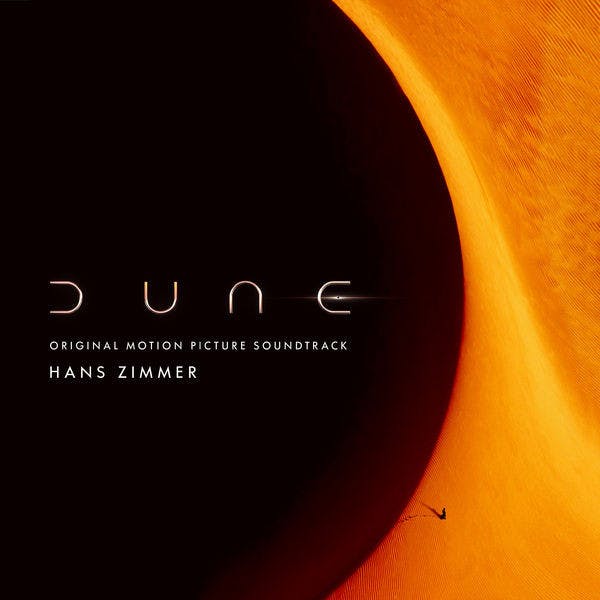
This atmospheric score of layered percussion, eerie synths, and processed vocals is best experienced in an immersive format.
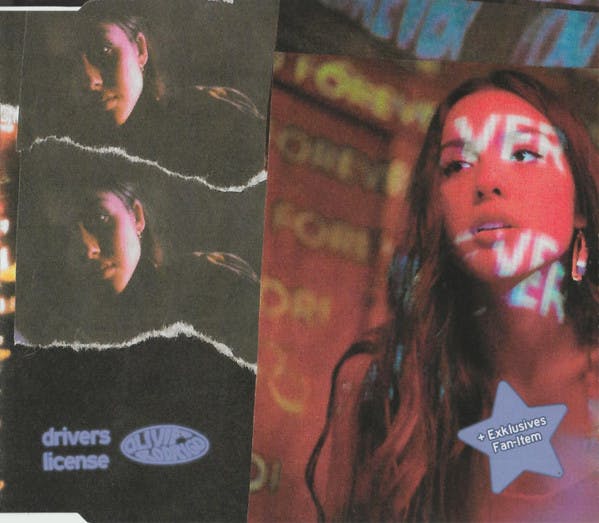
This simple pop arrangement spreads out from left to right and front to back to enhance its emotional impact. The ambience doesn’t detract from the song, but feels natural, even when the chorus vocals come from the sides and back.

This room-filling jazz/rock fusion track shows off the clarity of a dense mix and also the low-end clarity that is available in immersive mixing. This track lets the listener sit in the room with the band.

This nu-metal guitar-laced anthemic track shows off the depth and clarity available for dense, high-energy rock songs. Muse is known for their sonic approach and this track really shines in Atmos.
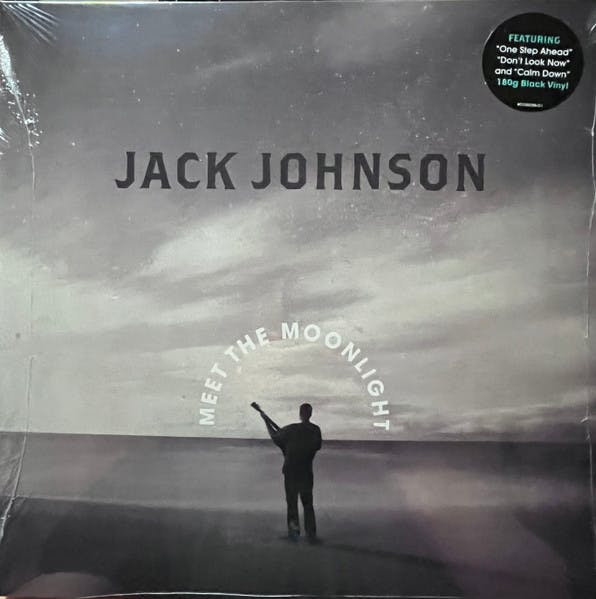
This cozy laid-back track fills the room with just two wide-panned guitars and yet the mix can still grow to include layered vocals, more guitars, and synth.
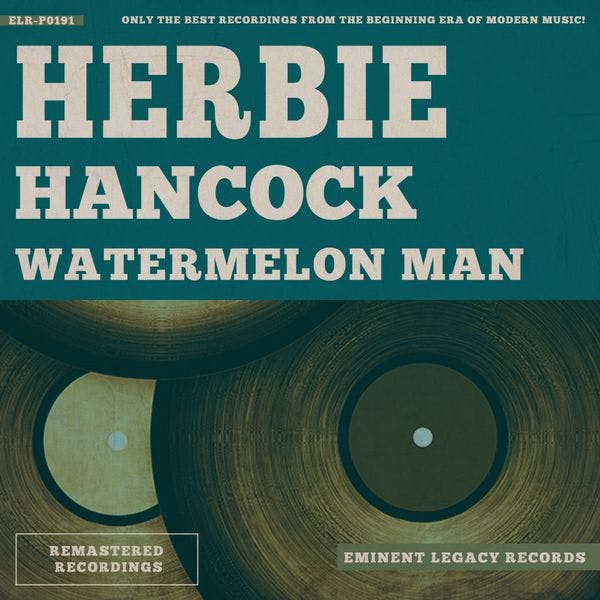
This simple classic fusion record from 1962 sounds amazing in Sony 360 Reality Audio, spreading out the flutes and vocals while keeping the presence and funk of the bass and drums. This mix pays homage to the original mix while adding just enough dimension to feel fresh and immersive.

This Sony 360 RA mix provides the warmth and room-shaking bottom of a classic reggae record and provides space for the percussion, effected vocals, and electronic elements to fill the room around you.
Spend some time cruising your favorite streaming service and search under Atmos or Sony 360 for staff recommendations, curated playlists, and immersive mixes from artists you are familiar with. Once you develop a taste for immersive mixes you may never wish to listen in stereo again.
Learn more about immersive audio by reading our other blog articles about “What is immersive audio” and “The Immersive Audio Family Tree”.
